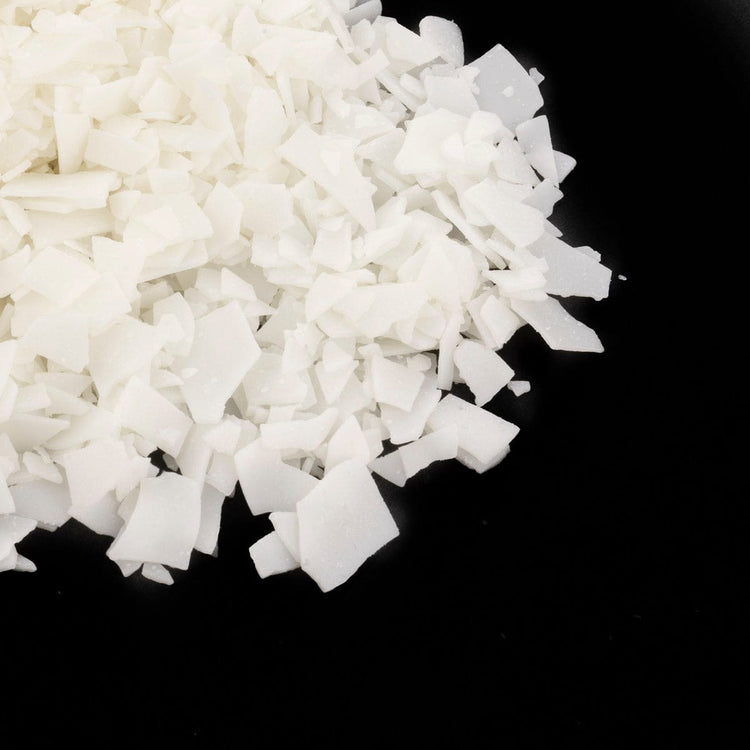Our process for evaluating new waxes, in collaboration with
wax manufacturers, is divided into two main stages: initial evaluation of
physical properties and subsequent testing for wick compatibility and scent
throw. This ensures that the waxes we bring to market are of the highest
quality, performance and are safe to use in a variety of use cases. Here's an
in-depth look at how we develop and test our waxes.
Collaboration with Manufacturers
Our development process often begins in one of two ways:
Manufacturer Specifications: We provide manufacturers with specific requirements for a new wax, and they send us multiple samples for evaluation.
Prototype Evaluation: Manufacturers with new wax prototypes approach us for an assessment and feedback on their product.
In the first stage, we focus on evaluating the physical properties of the wax compared to other existing waxes. This involves several key tests:
1. Surface Finish: We pour the wax at different temperatures to assess the surface finish. This helps in determining the optimal pouring temperature for a smooth and aesthetically pleasing finish.
2. Dye Compatibility: We test the wax with common dyes, typically red, black, and blue, to evaluate its ability to produce vibrant and consistent colours.
3. Demoulding Ability: For waxes intended for pillar candles or melts, we check how easily the wax can be removed from moulds without cracking or breaking.
4. Polymorphism: Understanding the polymorphic behaviour of the wax is crucial. Polymorphism refers to the ability of a wax to exist in more than one crystal structure, affecting its melting point and stability. Detailed knowledge of the wax's polymorphic transitions helps in predicting its behaviour under different conditions.
5. Glass Adhesion: We test how well the wax adheres to glass containers, which is important for container candles especially in transparent glass to prevent issues like wet spots and poor adhesion that can lead to aesthetic defects.
6. Notable Features: We record observations about the wax's colour, texture, and greasiness. These attributes can influence the overall quality and user experience of the final product.
7. Price: Cost analysis is performed to ensure the wax is economically viable without compromising on quality.
Once a wax passes the initial evaluations, it moves on to
the second stage, where we test its performance in actual candle making conditions.
Wick Compatibility: We test the wax with various wick families to determine the best wick type for optimal burning. This includes assessing the burn performance, stability, and soot production across different wick sizes and types.
Scent Throw: The wax's ability to throw scent both cold and hot is evaluated in scent booths. This is crucial for ensuring that the final candles deliver a strong and pleasant fragrance.
Fragrance Stability and Compatibility: Checking for any interactions between the wax and a selection of our bestselling fragrances that might cause discoloration, frosting, sweating or other undesirable effects over time.
Throughout both stages, all results are meticulously recorded and photographed. This documentation allows us to compare the performance of different waxes and make informed decisions about which products to bring to market.
This thorough and methodical approach ensures that every new wax we introduce meets the highest standards, providing our customers with the best possible candle making experience. At Candle Shack, we are committed to innovation and excellence, ensuring that our products lead the market in quality and performance.
For more information on our products and processes, or to inquire about specific wax types, please visit our website or contact our customer support team at [email protected].









